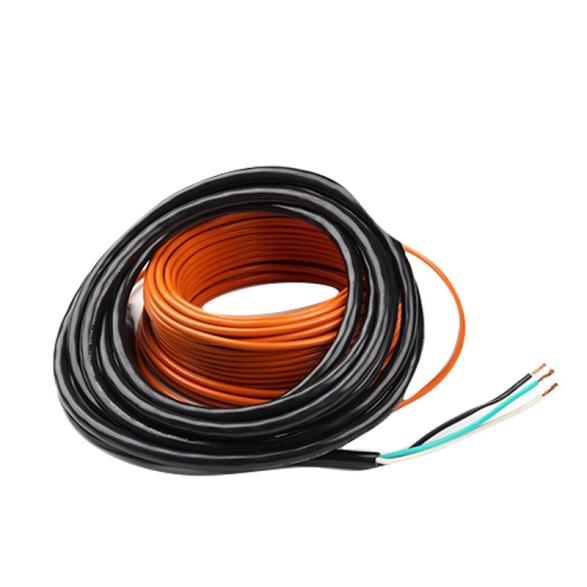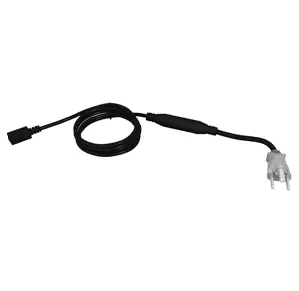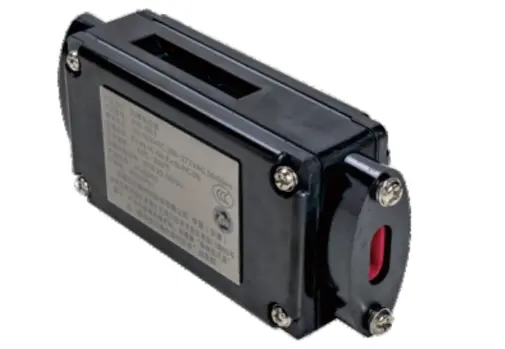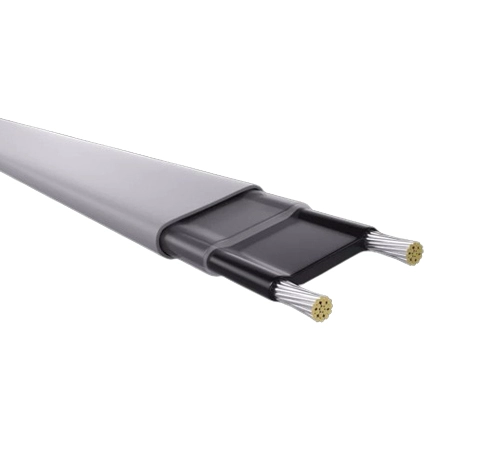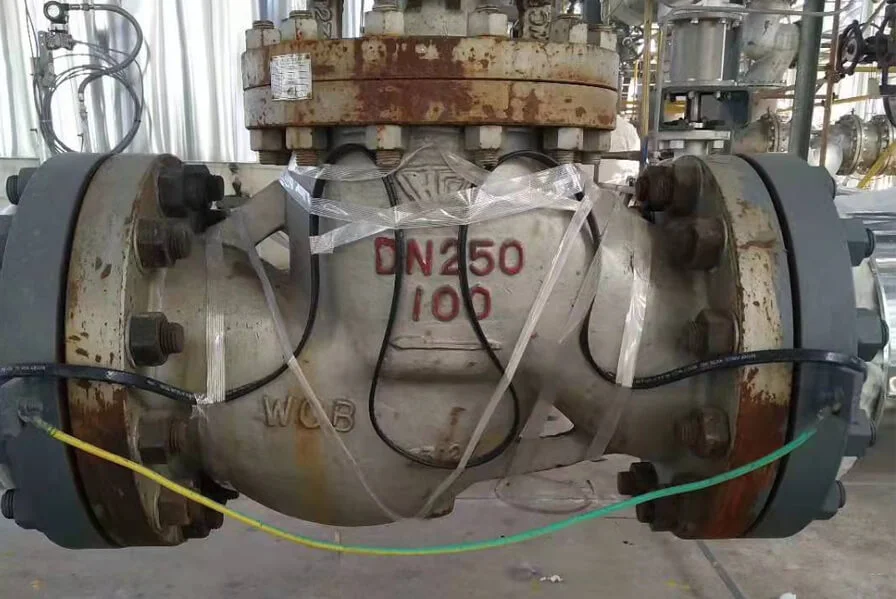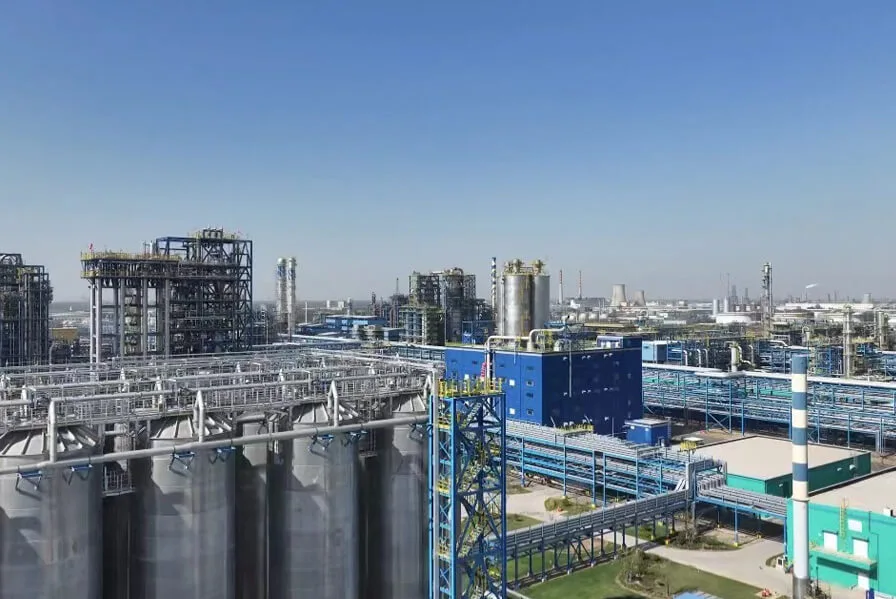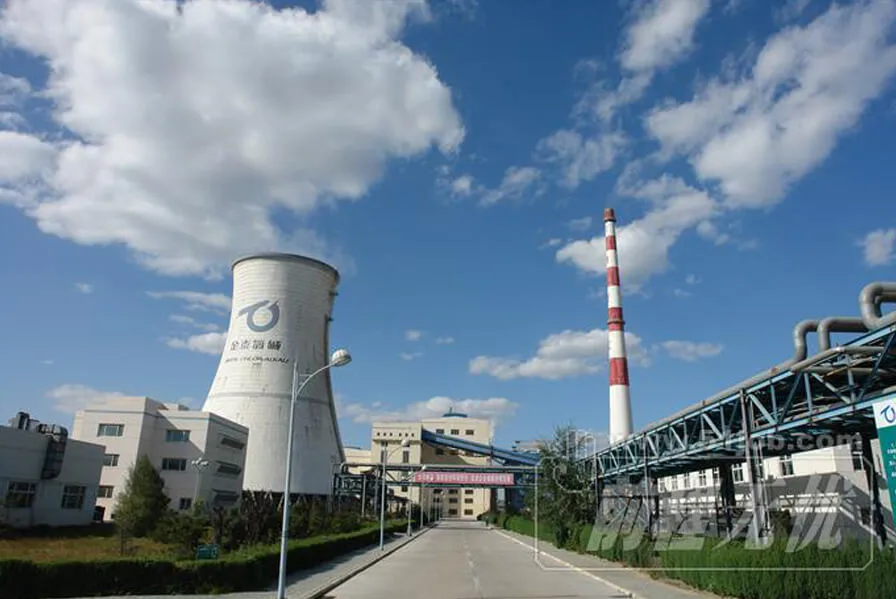The working principle of outdoor snow-melting heating cables is relatively simple and efficient. The core lies in utilizing the electrical heating effect to convert electrical energy into thermal energy, thereby melting snow and ice layers. Below is a detailed explanation of how outdoor snow-melting heating cables work:
Working Principle of Snow-Melting Heating Cable
Electrical Heating Conversion: The snow-melting heating cable contains conductive materials inside. When the power is turned on, these conductive materials start to heat up, converting electrical energy into thermal energy.
Heat Transfer: The generated heat is transferred through the surface of the cable to the surrounding environment, especially to surfaces in direct contact with the cable, such as roads, roofs, or gutters.
Snow Melting: As the heat is transferred, the snow and ice adhered to these surfaces begin to melt, thereby achieving the purpose of snow removal.
Automatic Temperature Control: Snow-melting cable systems are usually equipped with temperature sensors and controllers. When the ambient temperature rises or the snow is cleared, the temperature sensor detects this change and automatically cuts off the power supply, thus stopping the heating. This not only saves energy but also prevents excessive heating from causing damage to the surrounding environment.
Application Scenarios of Snow-Melting Heating Cable
Outdoor snow-melting heating cables are widely used in places that need to prevent snow and ice accumulation, such as:
Roads and Bridges: Ensuring smooth traffic flow, especially under adverse winter weather conditions.
Roofs and Gutters: Preventing snow and ice from causing damage to buildings and maintaining unobstructed drainage.
Ramps and Stairs: Preventing slips and falls caused by snow and ice.
Installation and Maintenance
Installation: The installation of snow-melting heating cables needs to be carried out according to design drawings and actual site conditions. Usually, the cables need to be laid along the areas that require snow melting, ensuring the cables are flat and tightly adhered. Also, it is necessary to ensure that the joints and connection parts of the cables are firm and reliable to avoid open or short circuits during use.
Maintenance: Regular inspections and maintenance of the snow-melting heating cable system are key to ensuring its normal operation. This includes checking the integrity of the cable, the firmness of the joints, and the accuracy of the control system. Additionally, care should be taken to avoid piling debris around the cables or engaging in other activities that might cause damage to them.
Environmental Advantages
Compared to traditional chemical de-icers, outdoor snow-melting heating cables have significant environmental advantages. The use of chemical de-icers can negatively impact soil, water sources, and vegetation, whereas snow-melting heating cables are a more environmentally friendly and sustainable snow removal solution. They do not produce any harmful substances and do not pollute the surrounding environment.
